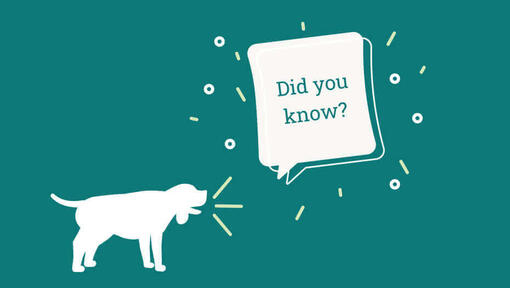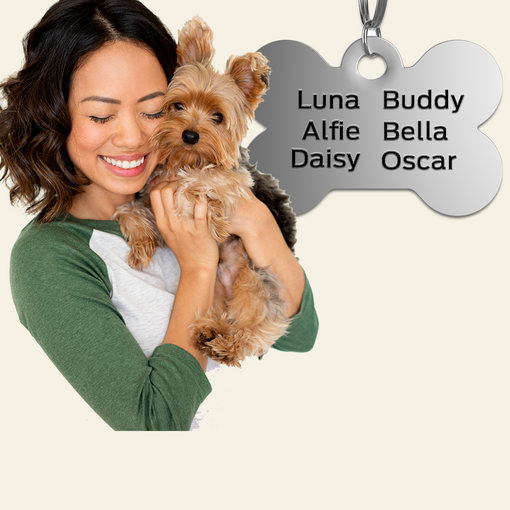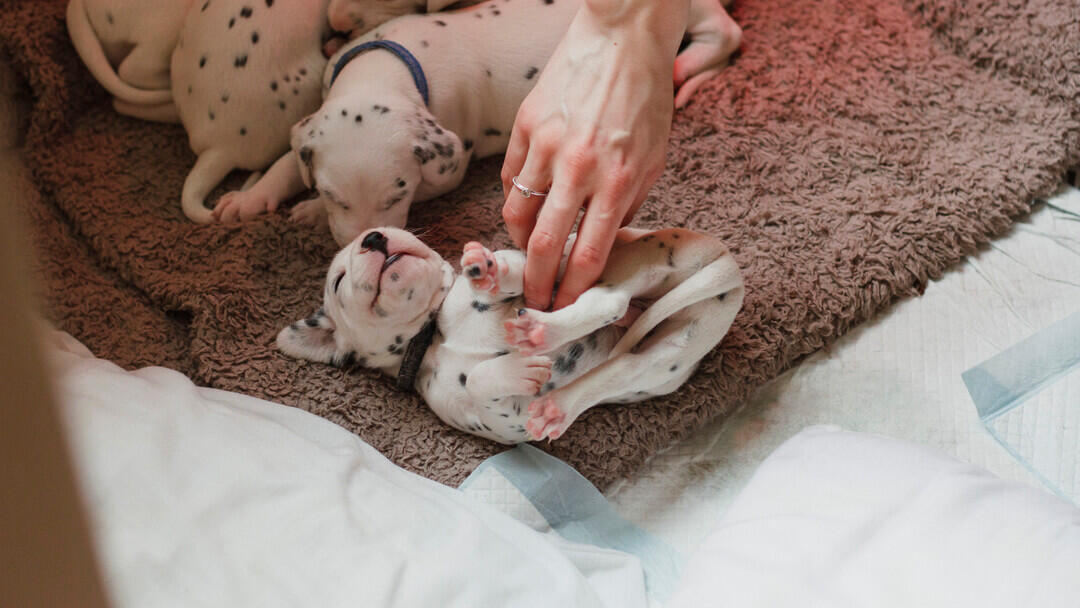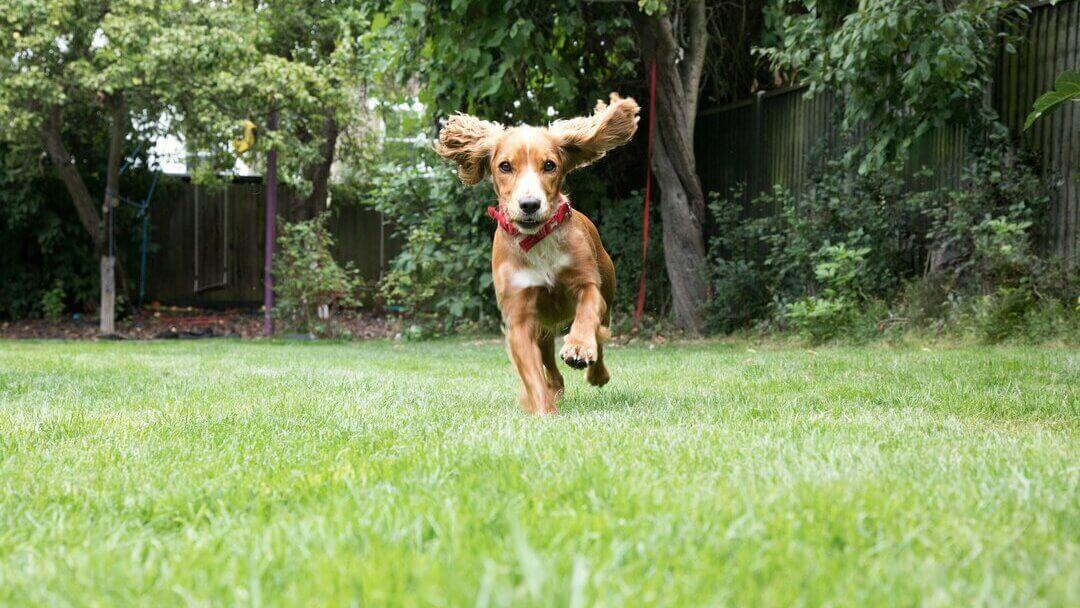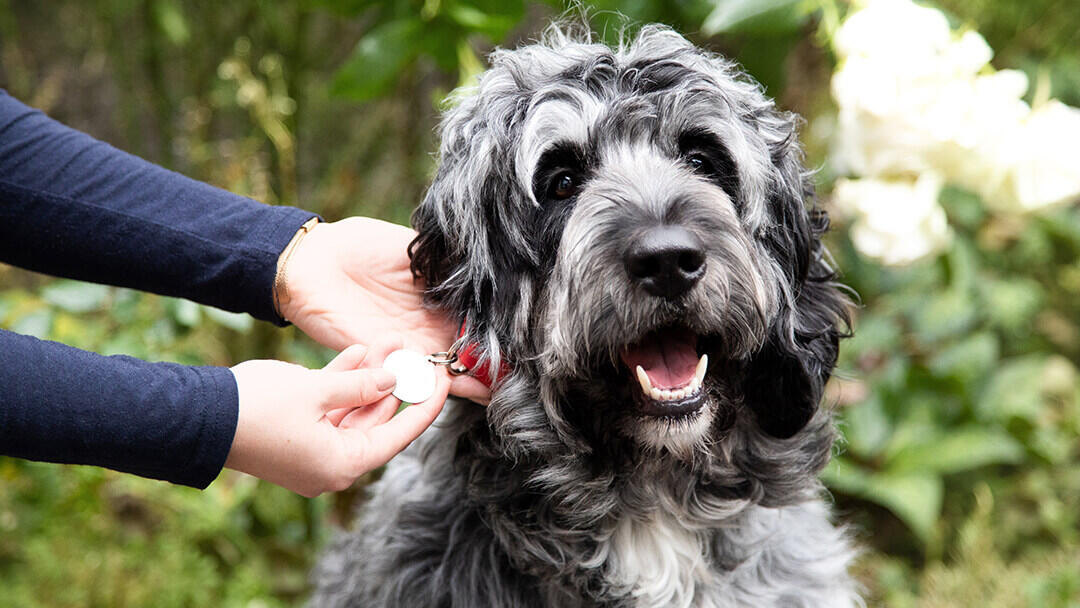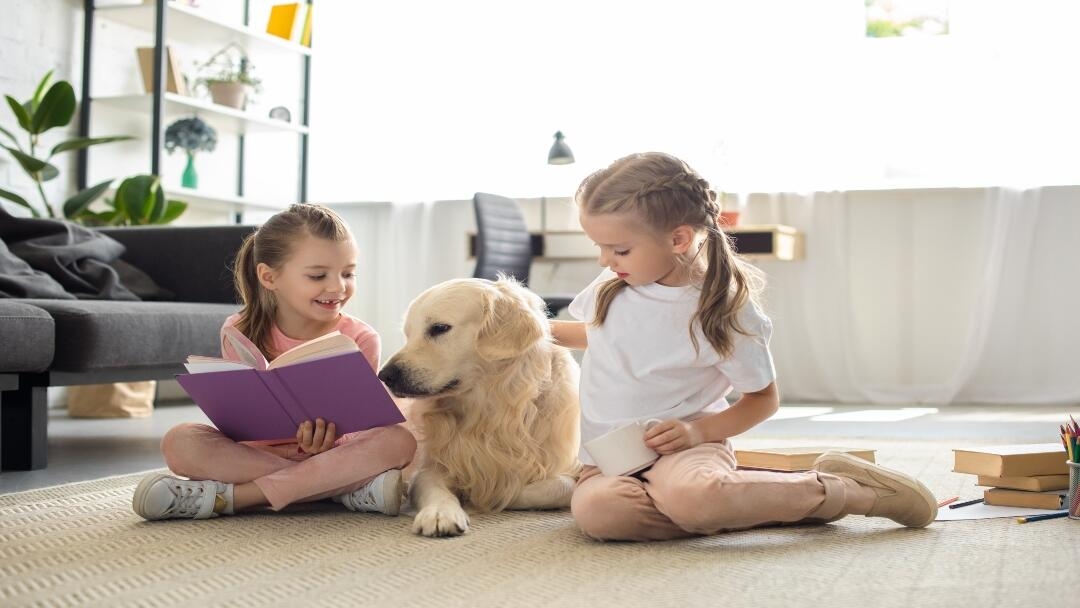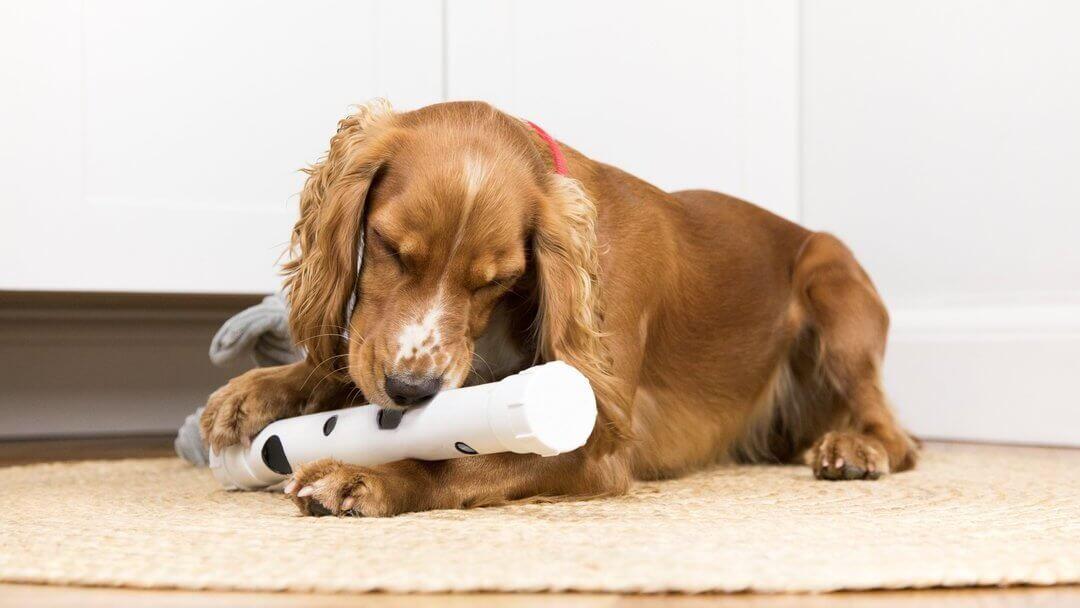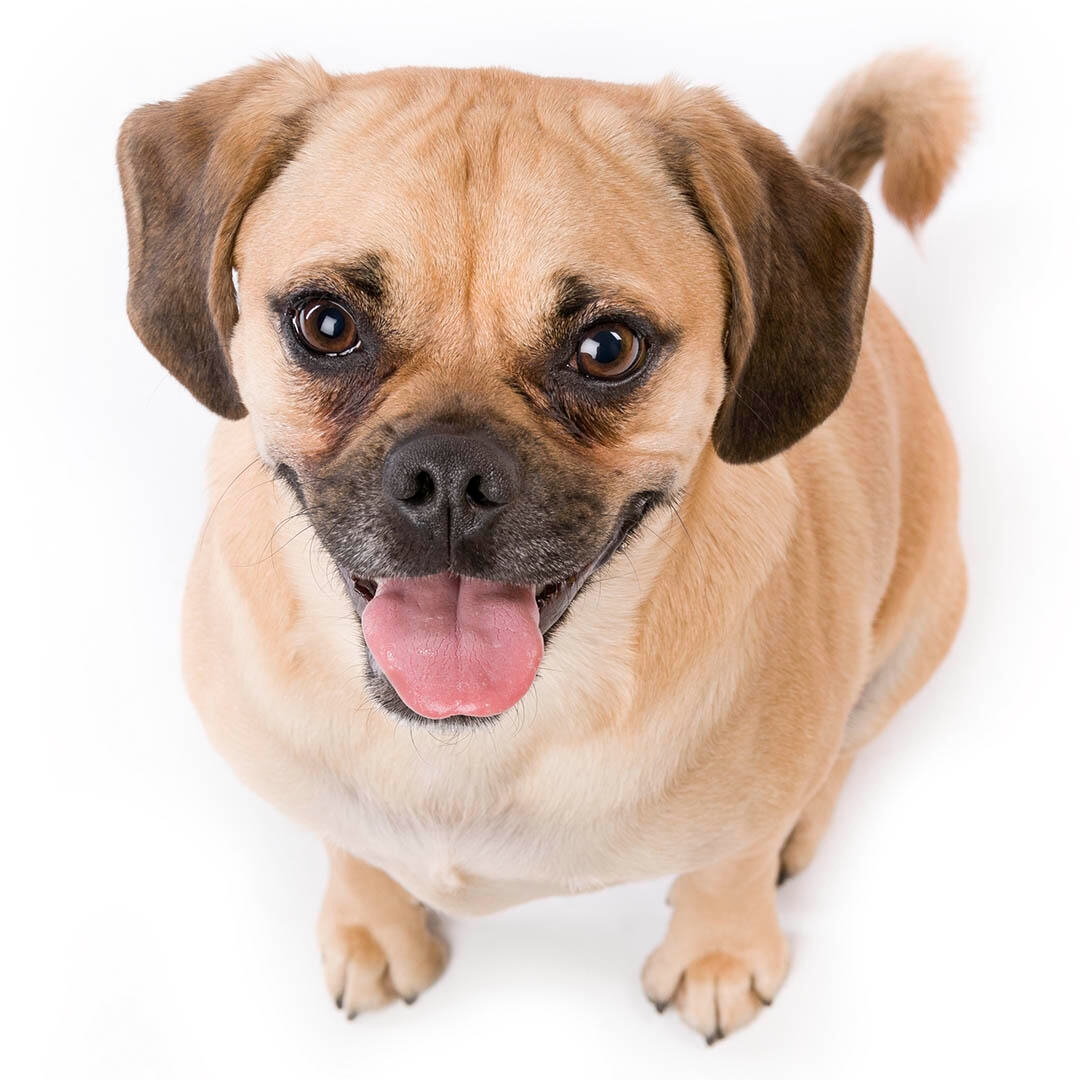
The Pug is a charming, good-tempered toy dog who makes a happy, sociable companion as he is friendly with both owners and strangers. He is playful and funny, good with other dogs and animals and, while pocket-sized, still robust enough to cope with family life. These little dogs have big personalities, and this charming, good tempered, funny dog is beloved of old and young alike. He can be calm and quiet but he can also have his mischievous, clownish moments. A super companion if you can offer him the time he needs. He does not like to be separated from his loved ones for too long.
The personality of a Puggle seems to be more consistent when they are first crosses (F1). As a line is successively bred, they can be either bred back to one of the original breeds (and so strengthen either the Beagle or the Pug personalities) or be bred to another Puggle - in which case there is less predictability in temperament (and in-breeding becomes more of a potential issue).




